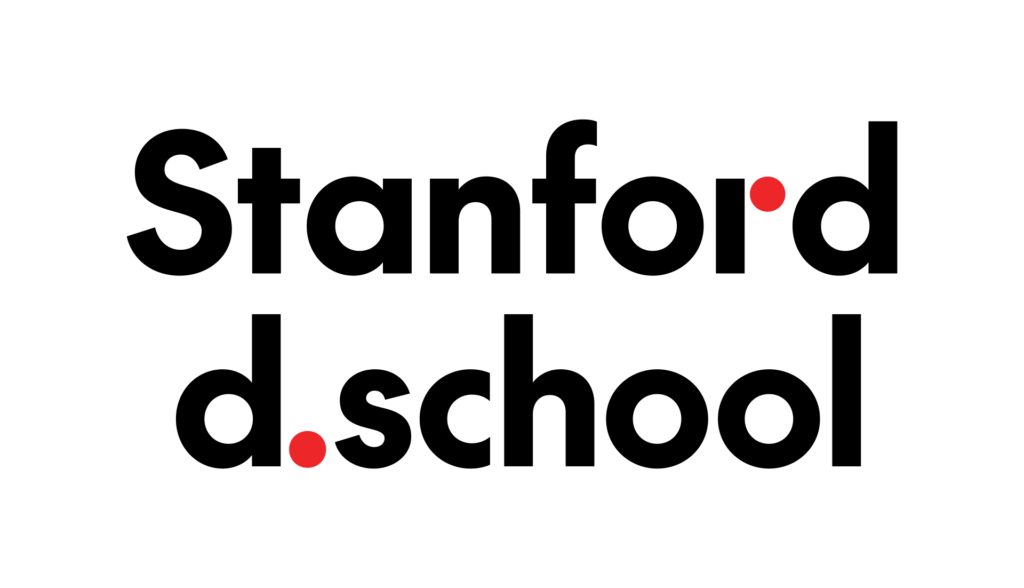-
APPLICATION PROCESS
- Nov.12th | Applications due (EXTENDED)
- Nov. 12th | 1st round selections notifications
- Nov. 18th / 19th | 2nd round selection events
- Nov. 24th | Final selection notifications

What Past Students Say
Is Extreme right for you
Who are Extreme students?
These are the characteristics of an ideal student. We consider these traits to be critical because of their impact on your personal experience, your teammates' experience, and the impact of your project on the communities we serve.
PASSIONATE
you have a passionate soul, even if it’s not yet dedicated to a specific topic
HUMBLE
you know that you don’t have the answers yet, but you will empathize with and learn from those who experience the problems
SELF AWARE
you recognize your own strengths and weaknesses, as well as how you project them
ADAPTABLE
you are willing to move through challenges with a commitment towards impact
RESOURCEFUL
you are inspired – not discouraged – by constraints and scarcity of resources
TEAM PLAYERS
you realize that personal success is tied to team success
COLLABORATIVE
you look forward to sharing creative experiences with others
WILLING TO TRY OUR APPROACH
you are open to learning and practicing our design process, regardless of pre-existing knowledge and experience
DRIVEN TO IMPLEMENT
you are determined to make your project a reality
oct - dec
What happens before the Extreme course?
Every fall, we receive applications for the upcoming Extreme class. The application process is highly competitive and final students are selected based on their passion for the class, proclivity to make things and prior experience in addition to their discipline. Each Extreme cohort is typically a mix of 25% business students, 25% engineering students and 50% from other programs as wide ranging as Medicine, Education, International Policy, and Earth Systems. We highly encourage students from across Stanford to apply and strive for a diversity of student applicants.
jan - mar
Winter Quarter
Winter quarter immerses students in the fundamentals of design thinking. Topics include need finding, user empathy, rapid prototyping and iteration, and collaborative dynamics. Students learn the design process experientially, as they are coached through a number of fast-paced design projects, culminating in a real-world project with partners. We strive to give students a strong foundation on co-designing with various communities, including economic, technological, and cultural considerations.
mid march
Spring Break
Over spring break, student representatives from each team travel to the project sites for intensive research activities. Students hey explore the needs of the communities and make arrangements with their partners to collaborate over spring quarter. Teams gain empathy with stakeholders in order to develop solutions that fit into the culture, aspirations, and constraints of their intended communities.
Apr - Jun
Spring Quarter
During Spring Quarter, teams will iterate on their designs and business models through a rapid sequence of prototypes, user tests, and design reviews. Students will interact with experts and entrepreneurs who have launched social impact ventures, including several class alumni and the extended Extreme community network.
The final deliverable is a product or service framed in a comprehensive implementation plan including a business model, technical innovations, cultural rationale, and the most appropriate next steps. The course culminates in a professional presentation to the partners and a panel of industry experts.



